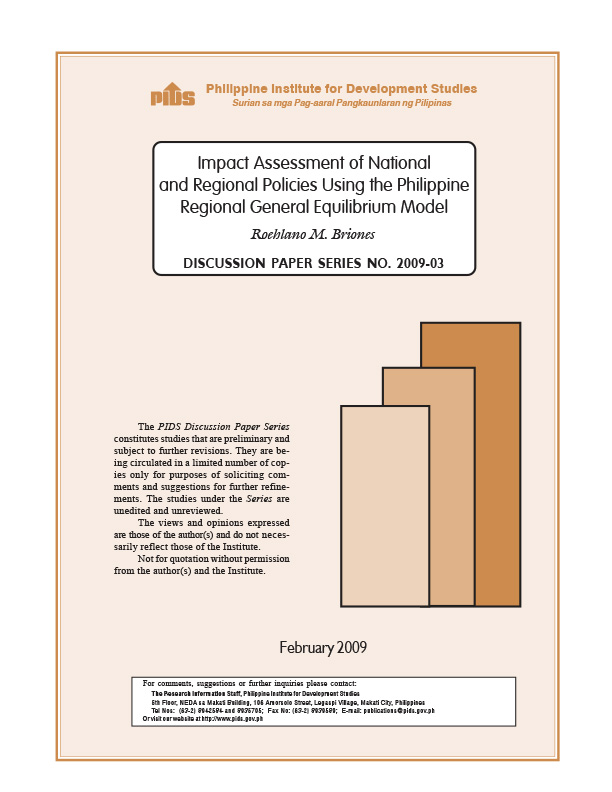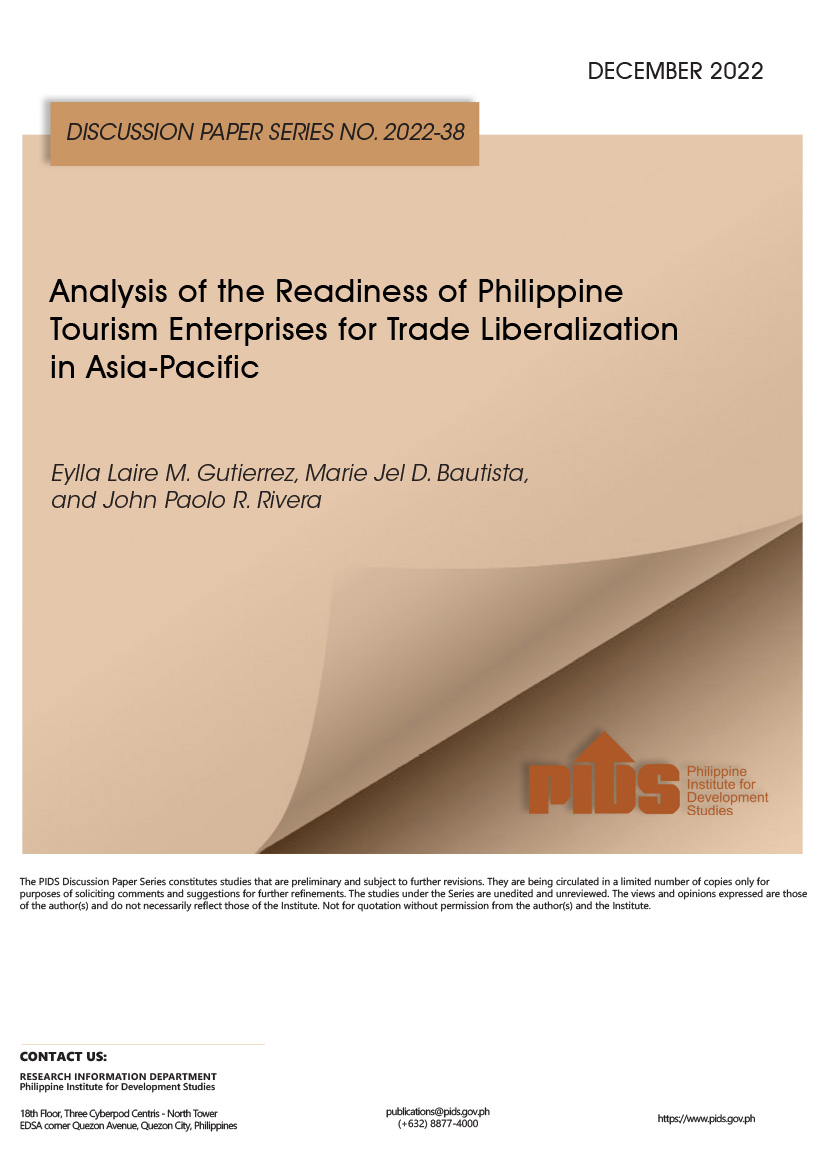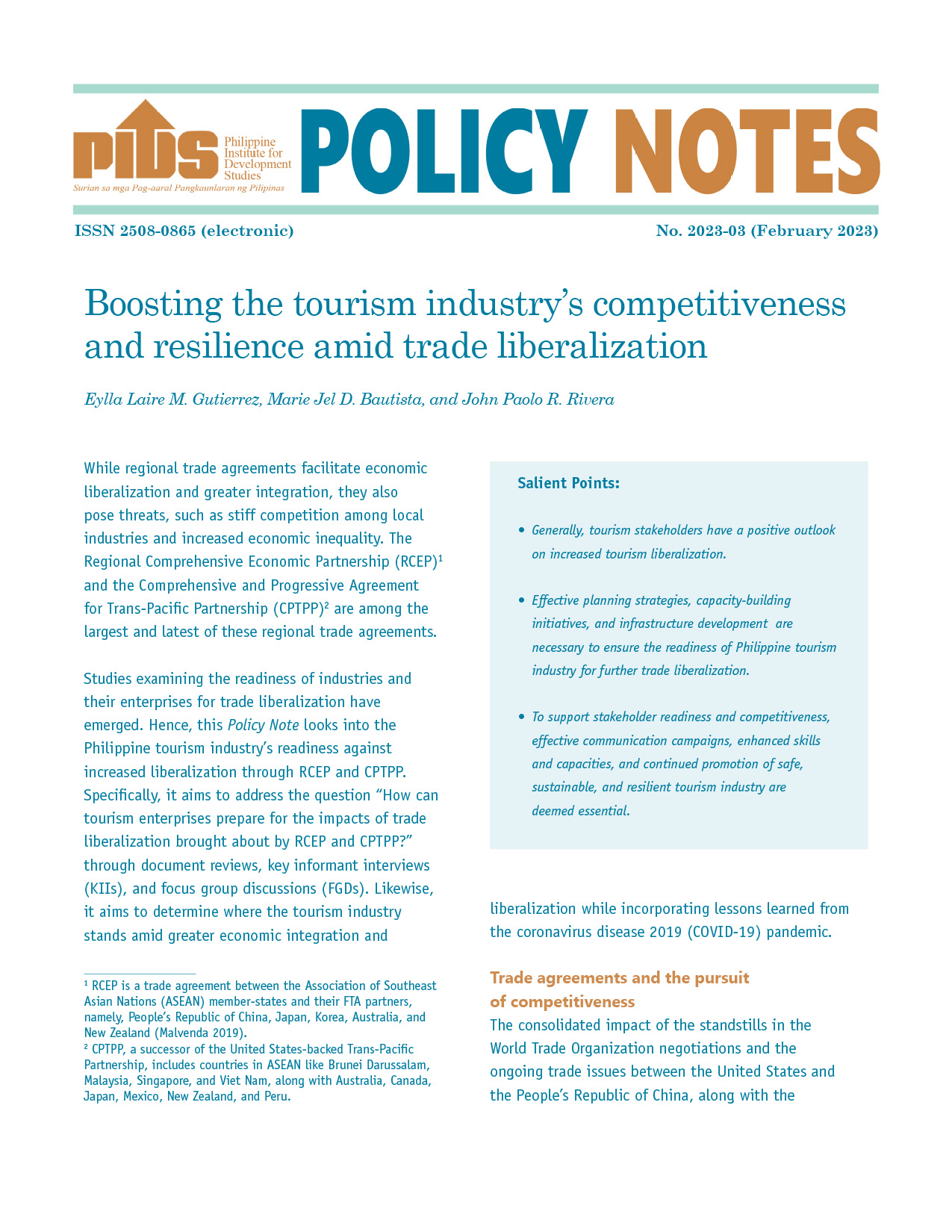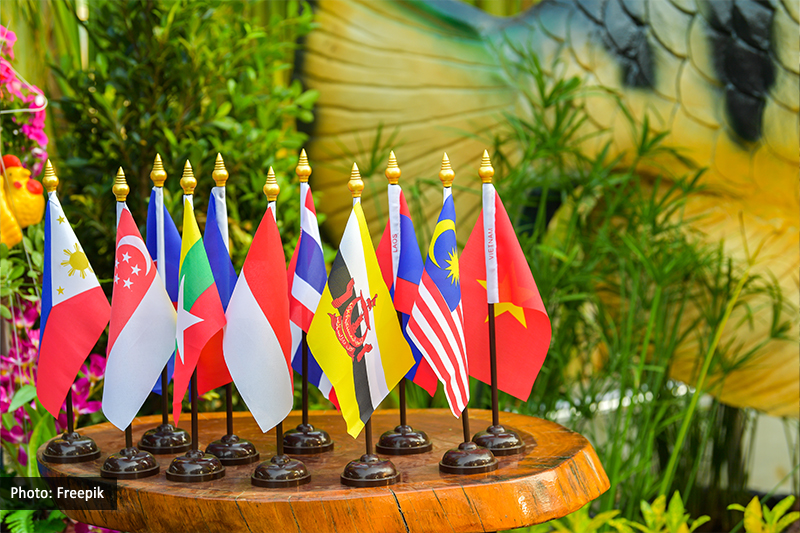For the Philippines, quantitative policy analysis should incorporate regional differences in welfare and economic structure, which arise partly from geographic constraints. However, existing CGE models offer limited analysis of regional effects or national impacts of region-specific interventions, owing to the absence of key regional data. This study formulates a regional CGE model that overcomes these limitations. Applications of the model yield the following results: i) completion of the tariff reform program in agriculture will contract some import-competing sectors in lagging regions, but improve welfare across all regions; ii) massive investments in marketing infrastructure promise bigger pay-offs, though with a trade-off between the size and spread of welfare gains across regions; iii) combining trade reform with marketing infrastructure investments mitigate some of the contractionary effects from the former; however the absence of welfare synergies suggest that the two sets of policies can be pursued independently.













